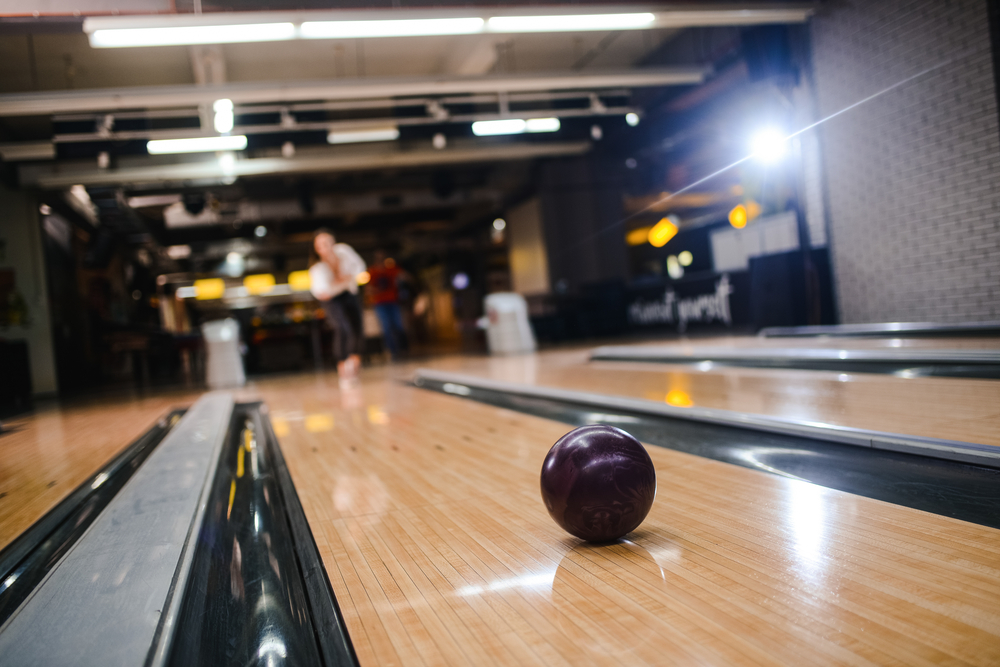
Your bowling ball has a measurable effect on your ability to bowl a good game, so choosing the right one is imperative. One of the most misunderstood bowling ball types of them all is urethane.
So, we’ll walk you through what urethane bowling balls are suitable for and dive into everything else you could need to know about them. By the end, you’ll be able to decide whether urethane balls are the right choice for you and your game.
Contents
What Are Urethane Bowling Balls Good For?

There are three major types of bowling balls, polyester, resin, and urethane. Each material has unique advantages and disadvantages, depending on your bowling environment and skill level.
What is urethane bowling ball good for? Urethane bowling balls, in particular, are great for control, even though they generate more friction than plastic bowling balls. They’re durable, have an excellent hook potential, and are much harder than other bowling balls.
Additionally, urethane bowling balls perform consistently, even under more challenging bowling conditions. For example, unlike polyester or reactive resin bowling balls, urethane balls are well suited for dry, non-oiled lanes.
Urethane doesn’t absorb oil readily, so it won’t create much friction. Instead, it will retain the speed and power of your throw and stay on course.
Urethane balls are also great on light to medium oiled lanes, giving them extreme versatility. These advantages make urethane balls exceptionally good for intermediate and advanced bowlers alike.
However, their exceptional hooking may be too difficult for beginners to master. If you’re new to bowling, opt for a resin or plastic ball since they’re better suited for straight shots.
Key Takeaways
- Urethane bowling balls excel in control and hook potential, making them suitable for intermediate to advanced bowlers, especially on dry to medium-oiled lanes.
- Despite their durability and versatility, urethane balls might challenge beginners due to their significant hooking ability. For straighter shots, novices might prefer resin or plastic balls.
- Maintenance is crucial for the longevity of urethane balls, which range from 5 to 10 years; regular wiping, sanding, resurfacing, and specific cleaners are recommended.
- Urethane balls don't absorb oil like resin balls; instead, they push it forward, affecting lane oil patterns and potentially the ball's behavior in subsequent rolls.
- Urethane balls are controversial due to their hardness and performance advantages, leading to restrictions in professional tournaments for balls made before 2020.
How Long Do Urethane Bowling Balls Last?
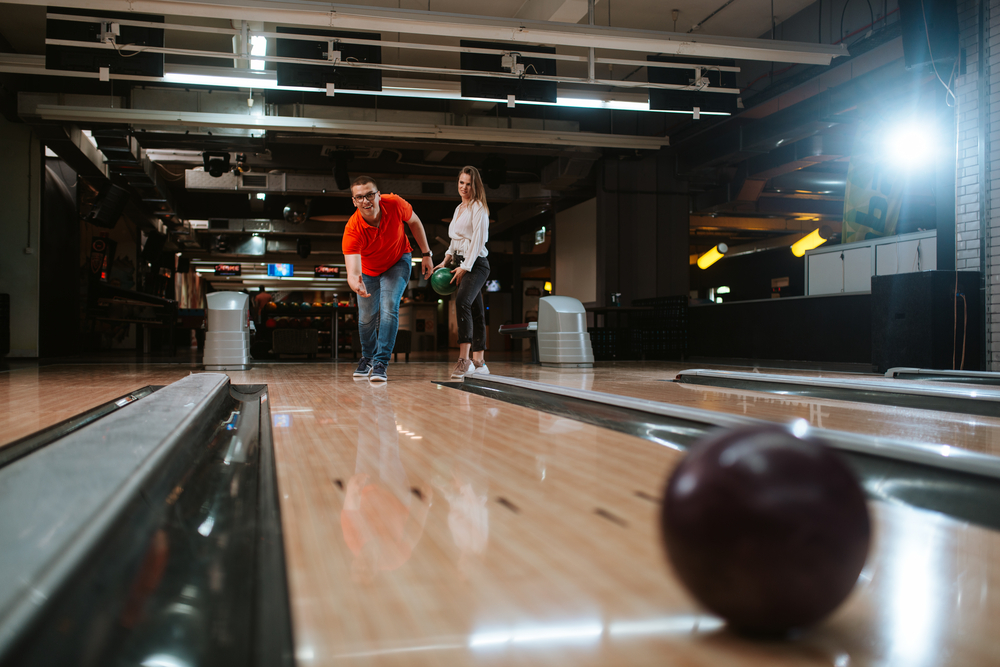
The lifespan of your urethane ball depends on several factors, but typically they last between 5 to 10 years. This may be shorter depending on how frequently you go bowling, the condition of your regular bowling lanes, your maintenance routine, and even the climate that you live in.
Bowling balls go through a lot of wear and tear, so they must be taken care of regularly if you want them to last for years.
How Do You Maintain a Urethane Bowling Ball?
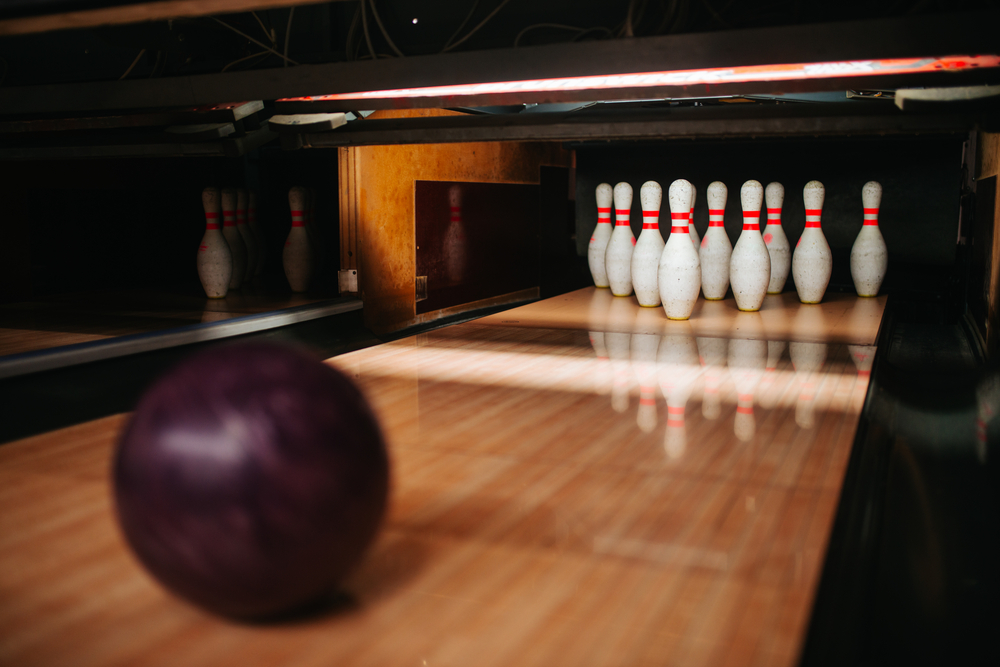
Caring for your urethane bowling ball is essential if you want it to last. In addition to keeping your ball in good condition, caring for your ball makes it more hygienic and can even improve your game.
To start, you’ll have to wipe down your ball with a microfiber towel before and after each game. As your ball travels down the lane, it picks up oil.
That can make your ball more difficult to roll and changes how your ball glides when you roll it. By wiping your ball before your frame, you’ll eliminate the dust, dirt, and excess oil that can unintentionally slow or speed up your ball.
While keeping your ball clean is essential, you’ll also have to maintain the ball’s shape. You should sand and resurface it regularly to help eliminate chips, scratches, and other signs of damage.
How often you sand and resurface it depends on how often you use your ball, but generally, you should sand your ball with an abrasive bowling pad after every ten or so games. Resurfacing should be done after every 60 games.
In addition to wiping it down, you’ll also want to clean your ball after every few uses to help get rid of dirt and oils. While you might be tempted to use whatever you have on hand, try to stick with one of the following cleaners.
- Dish soap
- Window cleaner
- Oil cleaner
- Ammonia
- Alcohol
- Bowling ball cleaners
- Turpentine
Do Urethane Bowling Balls Soak Up Oil?
Unlike resin bowling balls, urethane balls don’t readily absorb oil. Instead, they push the oil forward and carry it down the lane as they roll. This can impact your current roll and subsequent throws.
When you start the game, the oil is applied in a specific pattern. However, once it's been tracked down the lane, the oil distribution will be different. As a result, your ball may pick up or drop speed.
Should You Get a Urethane Bowling Ball?
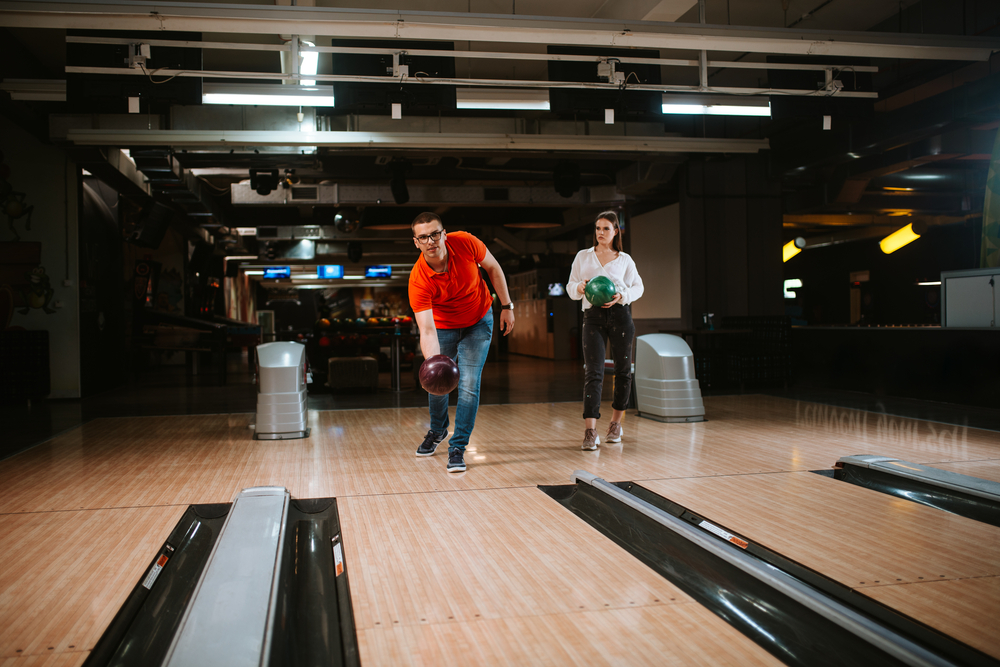
Urethane bowling balls are a fine choice if you already have some experience with bowling. However, you will have to adjust your bowling style once you switch, so give yourself plenty of time to get used to your new ball.
Once you get your urethane ball, head to a bowling alley for practice. Familiarize yourself with what the increased friction means for your game.
You may have to learn how to roll with more force and probably won’t be able to rely on straight shots as much. You should also try to get more comfortable making hook shots since that’s what urethane balls are known for.
Keep in mind that most professional bowlers have a variety of bowling balls that they use for different lane conditions. They may switch to a urethane ball for dry lanes and then go back to one made from resin or polyester for bowling lanes that are well oiled.
If you get a urethane ball, we recommend adding it to your arsenal instead of switching over completely. That way, you’ll have options and can use whichever ball best suits your current playing conditions.
Why Are Urethane Bowling Balls Controversial?
You might be surprised that urethane is one of the most controversial bowling ball materials. Some professionals and bowling enthusiasts are calling for it to be banned.
Urethane is an extremely hard material, and many urethane balls have failed pretournament hardness checks.
To combat this, the PBA created a new ruling stating that urethane bowling balls made before 2020 are no longer allowed in official tournaments.
Since 2020, urethane bowling balls have become slightly softer, which is why the newer models are still permitted. Another reason urethane bowling balls are controversial is that many people cannot play well with them.
They think that it gives players who can use them an unfair advantage. By banning urethane, critics say bowling tournaments will become fairer for everyone playing.
Pros and Cons of Urethane Bowling Balls
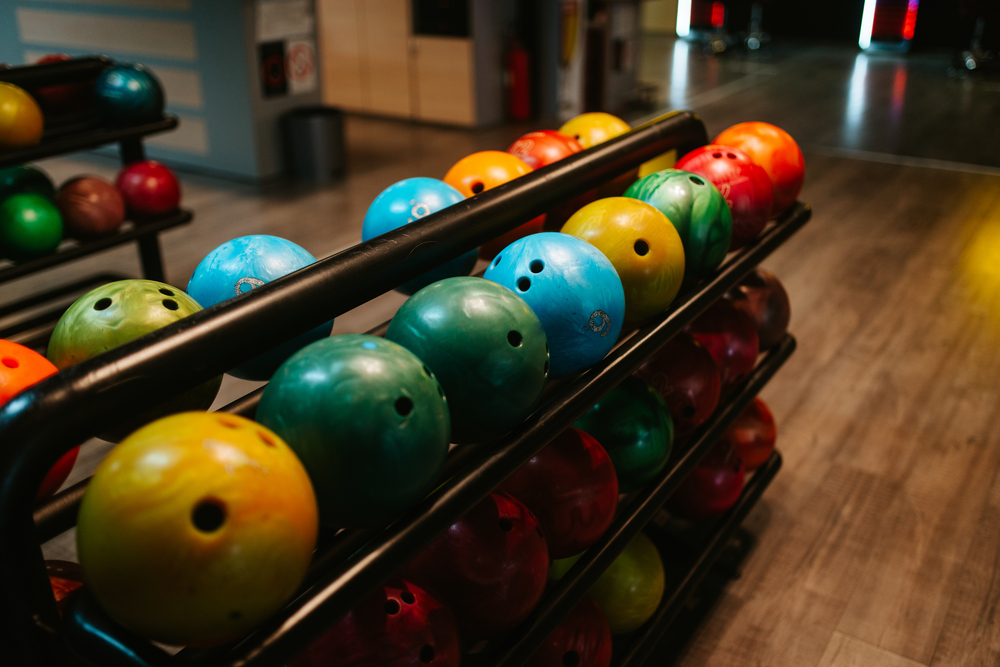
Now that you know what urethane bowling balls are good for, you’re probably wondering whether or not you should try them.
So, in this section, we’ll go over a list of pros and cons. Use the information in this section to help determine if urethane bowling balls are the right choice for you.
Pros
- They have more hooking potential than balls of other materials, which makes them great for spare shots.
- Urethane bowling balls are more durable than resin or plastic balls.
- Urethane bowling balls are mostly unaffected by the condition of bowling lanes, offering more consistent play than other bowling balls.
Cons
- Urethane bowling balls are considered controversial, which can taint otherwise friendly bowling matches.
- They are slightly lighter than bowling balls made with other materials, like resin.
- Urethane bowling balls are more expensive than some other types.
- You’ll have to adjust your form and playing style if you switch to a urethane bowling ball.
| Feature | Urethane Bowling Balls | Reactive Resin Balls | Plastic Bowling Balls |
|---|---|---|---|
| Suitability | Intermediate to Advanced bowlers | Bowlers seeking aggressive hook | Beginners and straight-shot bowlers |
| Lane Condition | Dry to medium-oiled lanes | Well-oiled lanes | Dry lanes |
| Maintenance | Regular wiping, sanding, and specific cleaners | Regular cleaning and possible resurfacing | Basic cleaning for longevity |
| Durability | 5 to 10 years with proper care | Varies; generally less durable than urethane | Varies; less durable than urethane |
| Performance | Better control and hook potential | High hook potential and explosive pin action | Primarily for straight shots |
| Oil Absorption | Does not readily absorb oil | High oil absorption | Minimal oil absorption |
| Controversy | Hardness and performance advantages questioned | Widely accepted | Considered too basic for professional play |
Related Articles
- What's a Bowling Ball Made Of?
- Best Bowling Balls for Dry Lanes
- What Can I Do With an Old Bowling Ball?
- How Many Times Can You Redrill a Bowling Ball
My Final Words
When considering the upgrade to a urethane bowling ball or selecting the best reactive resin ball, it's essential to understand each offer's specific benefits. Urethane balls create better surface friction, enhance pin action, and offer superior hook ability, making them a solid choice for bowlers looking to refine their game on diverse lane conditions. On the other hand, the best reactive resin balls might be more suitable for those seeking explosive pin action and a more aggressive hook.
Ultimately, buying a urethane bowling ball or opting for a reactive resin variant hinges on your bowling style, skill level, and the types of lanes you frequently encounter. Both urethane and reactive resin balls have their place in a bowler's arsenal. Still, for consistent performance across a broader range of conditions, urethane's balanced approach to hook ability and control often makes it the better choice for bowlers ready to advance their game.
Kira Byrd, a Certified Fraud Examiner, holds a B.S. in Accounting from the University of Alabama at Birmingham. With a passion for bowling from her childhood, Kira has poured her expertise and personal experiences into creating and nurturing Bowling For Beginners. Kira's mission is to meet new bowlers where they are and guide them toward consistently achieving higher scores. With a focus on skill development and strategic techniques, she empowers readers to take control of their game and unlock their true potential.
Bowling For Beginners embodies strict editorial integrity, ensuring reliable and unbiased information. Kira's commitment to delivering valuable insights and practical strategies is reflected in every article. Here's an explanation of our editorial policy and how we get money.





